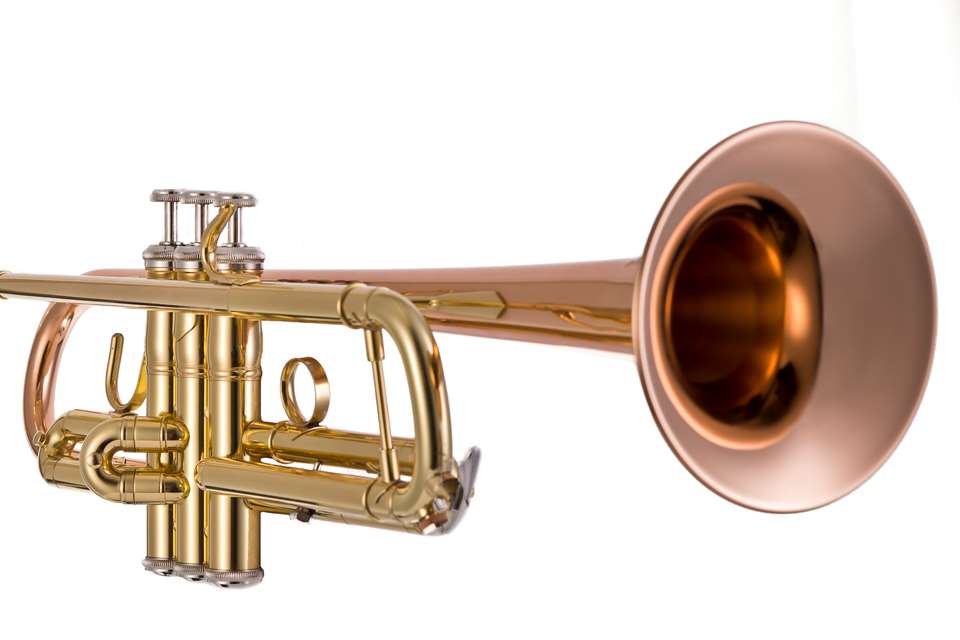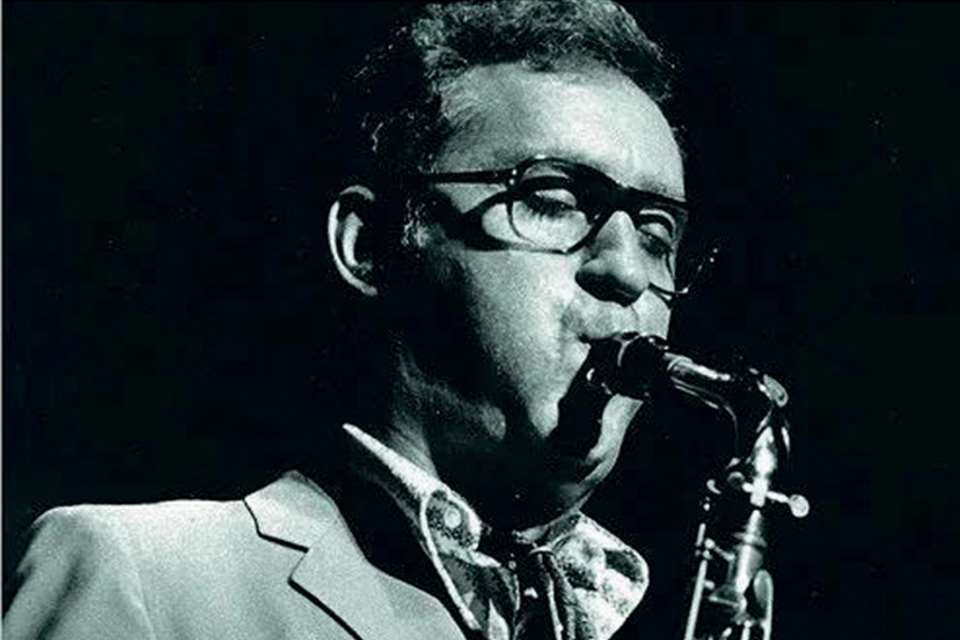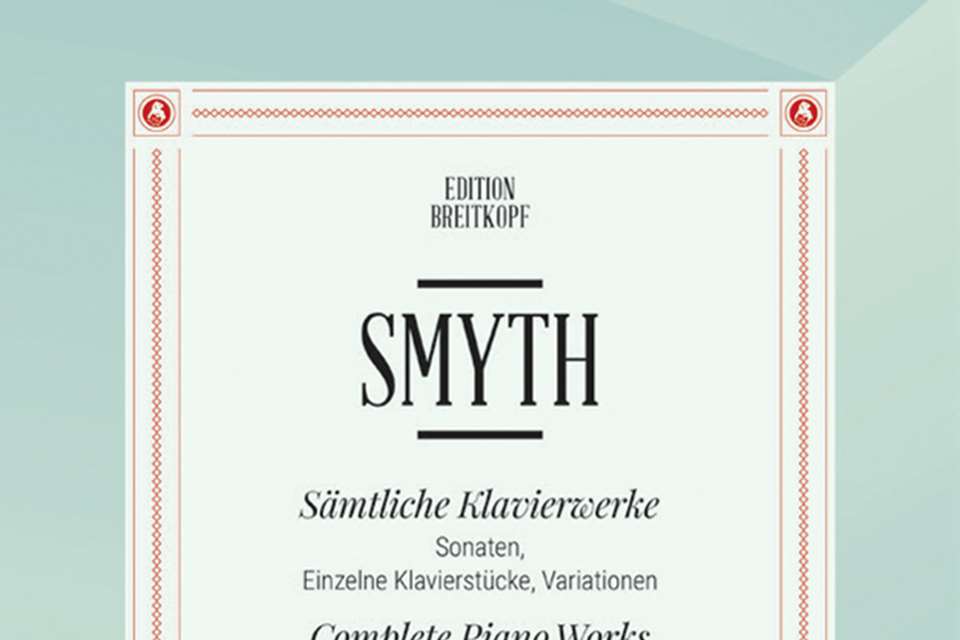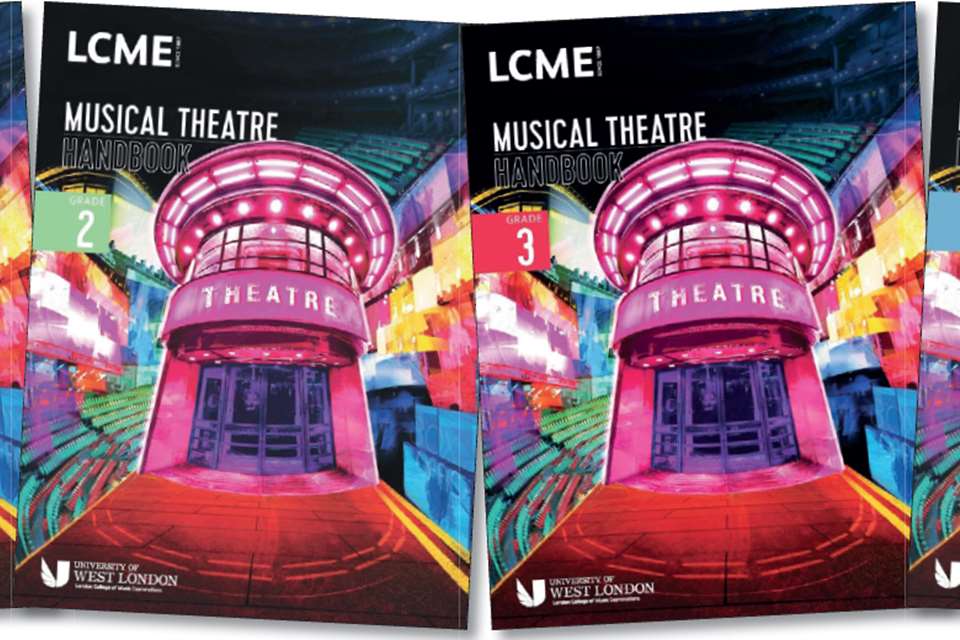Strike up the band: A guide to forming a concert band
Anne Templer
Friday, September 1, 2023
The start of the new academic year may be the perfect time to form a new school ensemble. Anne Templer provides a practical guide to the concert (or wind) band.

Much amateur, school and youth ensemble music-making in this country is taken up by concert bands. These are known variously as ‘wind bands’, ‘wind ensembles’, ‘symphonic wind ensembles’, ‘wind sinfonias’ and ‘military bands’; but they all, more or less, add up to the same thing: the bringing together of all woodwind, brass and percussion instruments to create and perform multi-dimensional and wide-ranging music. This stimulating soundworld opens up repertoire that demonstrates exciting timbres. Musically directing these groups can be a challenge, however, and the skills involved are often underestimated.
Components
The basic concert band is usually made up of the following: flutes, oboes, clarinets, bassoons, alto, tenor and baritone saxophones, French horns, trumpets and/or cornets, trombones, euphoniums and tuba. The number of instruments can vary dramatically, according to the availability of players, the conductor's preference or, simply, what's written in the score; beginner music, for example, rarely subdivides into parts 1, 2 and 3, and there may be additional supporting parts (such as piano) for new learners.
There's also a tendency to ‘mop up’ spare instrumentalists, which, while it doesn't always produce the best sound, is an understandable way of bringing more players into music-making, particularly at youth level. Finally, there are parts for (up to 6) multiple percussionists, with the full range of modern and ancient instruments at their disposal. (Exotic percussion instruments, however, won't be the focus of this article, which is chiefly about setting up and rehearsing an ensemble for less experienced players, with all the joy or potential pitfalls this brings.)
Repertoire
The pitfalls can be avoided by choosing appropriate repertoire. Getting this right is an important start, and poorly-run junior bands often fall at this hurdle. Choosing the right pieces comes with experience, an open and creative mind, and a quick ear. It is, however, worth getting to know some of the really good composers in this genre, such as Philip Sparke (who writes outstandingly for all levels), Stuart Johnson, Jerry Nowak and the smile-worthy Leroy Anderson, who gave us The Typewriter and other classics of the American light orchestral tradition.
There are some excellent beginner books for players for the very early stages; some with a five-note range and only basic time-signatures and rhythms. You could try Band Time (Starter) published by De Haske, or ‘Flexible’ band arrangements (though beware of the keys for beginners) and resources such as in the Discovery Plus series. (Also, please note, that ‘grades’ on the front of some of the American arrangements don't correspond to UK grades; Grade 4, for example, usually means ‘advanced’.) Inexperienced conductors often struggle when they pick something popular or that ‘the kids will like’, which is either unplayable or weakly arranged. Pop tunes or film music can fall into this category and the scores for these need to be carefully scrutinised. If chosen well, however, these arrangements can produce fine performances from excitable, bright-eyed and shiny-cheeked children, totally inspired by the music and impatient to start the next rehearsal.
Getting the basics right
Inspiration in a concert is achieved by thorough preparation beforehand, which includes intelligent pacing and clarity during rehearsals. Be aware of the danger of talking too much in rehearsals, no matter how wise or worthy your thoughts. At any level of experience, musicians are there because they want to play, not to hear a fulsome lecture, and they are mostly itching to get on with it. Fidgeting among players (of any age) can start after very few words, so the focus should be on practical music-making aided by the conductor's physical gestures. Of course, explaining these physical gestures is essential (in the eyes of a junior player, they are meaningless), but you can count on them being picked up quickly, with encouraging speed. Wordless rehearsing, therefore, can be powerful; but that is not to say children don't respond to specific words with enthusiasm – they do. Well-timed questions such as ‘What do you think the mood of this piece is?’ or ‘Do you think this articulation should be smooth or short?’ generally produce consensus, intelligent discussion and an immediate improvement in phrasing and musicality.
Musicality goes hand-in-hand with technique, and the challenges of playing any instrument well undoubtedly requires guidance. However, the irksome issue of ensemble-tuning falls to the musical director and needs to be wrestled with, compromised on or strategically dealt with. With younger ensembles, there isn't much point in spending a great deal of time on tuning; there are so many variables contributing to intonation (involving embouchure, quality of instrument, stamina, the idiosyncrasies of both player and the family of the instruments in question) that effort soon outstrips the benefits. That said, it is important that poor tuning is addressed within the individual technique of players; likewise, the rituals of setting the tuning note, making minor adjustments to instruments if necessary, and encouraging good breathing.
Woodwind
The main undertaking when choosing parts for junior woodwind players is to consider the key that they are in. Bear in mind that parts for concert-pitch instruments (flutes, oboes and bassoons) are likely to have a limit of two flats or two sharps at this level, although concert G and D majors are difficult for brass (more on this later).
Generally speaking, flautists are allergic to A flats in the early stages (though they are pretty good at helping each other out if the fingering is unknown) and won't thank you at all for D flats! Understand, too, that alto saxophones are in E flat and the implications of this for the group need to be borne in mind. If you have any tenor sax players, these are in the same key as trumpets and clarinets, meaning any warm-up exercises for all these can be grouped together.
Brass
Once again, keys and range are an essential part of choosing brass parts, which also should have a maximum of two flats or two sharps in the early stages.
Forming an embouchure and producing a coherent note is challenging at first, and the range of notes a player can produce is limited. As a rough guide, trumpet players will play a range of an octave (from the piano's middle-C) at exam Grade 1 level and then add one note per grade; so, by the time they get to Grade 5, they should be able to play G at the top of the treble clef. Trombonists, hornists and tuba players will generally play within their clef-spaces, but it is always worth checking with the individuals as well as with teachers.
Percussion
Occasionally, you’ll find a score (written by an enthusiastic composer) that calls for a set of unnecessary or expensive instruments. There may be something written for ‘marimba’, for example, that can just as easily be played at the bottom of the xylophone (with softer mallets), or for ‘tenor drum’ that can be played with a snare-drum or floor tom, depending on the sound required.
Understand, too, that children won't necessarily know the names of many of the instruments (or how to play them) and it's good to give a commentary. Be clear about the differences between glockenspiel, xylophone, vibraphone and so forth, and the sound that you require. If unsure, don't shy away from consulting a specialist, whose advice will help in the long-term.
In a full wind band, it is likely that there will be multiple percussion parts, so decide which instruments are your priority. A lot of ‘educational’ arrangements in particular have extra padding for ensembles that are in the happy position of having excess players.
Drum-kit parts are often unnecessarily complicated and can usually be simplified to a straightforward groove, punctuated with fills where appropriate. It's worth talking to a drummer about this, and having an idea of the feel of the piece beforehand. Is it a pop ballad? Is it a Latin piece? Is it a march?
With tempo and stylistic changes, the conductor needs to be very clear, remembering that percussionists are nearly always soloists and will need support in ways that other sections may not.
Final reflection
Conducting a band should be enormous fun, particularly where there's infectious enthusiasm. Approaching the task seriously, however, is important since children with musical aptitude pick up when the musical director is out of their depth. But if the appropriate balance is struck between energy and focus, the musical results of a concert-band performance should be inspirational – for all.








